As the demand for renewable energy continues to rise, many individuals and businesses are turning to wood pellet production as a sustainable solution.
If you’re curious about how these small, cylindrical pieces of compressed wood are made, you’ve come to the right place.
In this comprehensive article, we will guide you through the complete pelleting process, providing you with the knowledge and insights to create your own high-quality wood pellets.
Whether you’re a DIY enthusiast, a small-scale producer, or simply interested in understanding the intricacies of pellet production, this article will equip you with the essential information you need.
We will explore each step of the pelleting process in detail, from the raw material preparation to the final packaging and storage.
Along the way, we will introduce the various machines used at each stage, ensuring a thorough understanding of their functionalities and importance.
Our goal is to make the entire pelleting process approachable and easy to comprehend. We will adopt a conversational tone, incorporate real-life examples, and take a storytelling approach to engage and captivate our readers.
By the end of this article, you will not only grasp the fundamentals of wood pellet production but also be introduced to TCPEL’s pellet machines and services, which can further enhance your pellet-making journey.
So, let’s dive into the fascinating world of wood pellets and discover the complete pelleting process together.
Wood pellets: The basics
Wood pellets have gained significant popularity as a renewable and eco-friendly source of energy. These small, cylindrical pellets are made from compressed sawdust, wood chips, or other wood waste materials.
They serve as a clean-burning alternative to fossil fuels, reducing carbon emissions and minimizing environmental impact.
Wood pellets offer several advantages over traditional fuel sources. They have a high energy density, meaning they contain a significant amount of energy per unit of volume.
This makes them efficient to transport, store, and use. Wood pellets also have consistent properties, ensuring consistent combustion and heat output[1].
The production of wood pellets involves a carefully orchestrated process that transforms raw wood materials into uniform pellets. This process includes steps such as raw material preparation, drying, pelletizing, cooling, and packaging.
Each step requires specific machinery and techniques to ensure the quality and efficiency of the final product.
With their versatility and renewable nature, wood pellets find applications in various sectors, including residential heating, commercial and industrial heating systems, and power generation. They provide a sustainable and cost-effective energy solution, contributing to a greener future.
By the end of this article, you will not only be equipped with the knowledge to produce your own wood pellets but also be introduced to TCPEL’s pellet machine and services, which can further assist you in your venture.
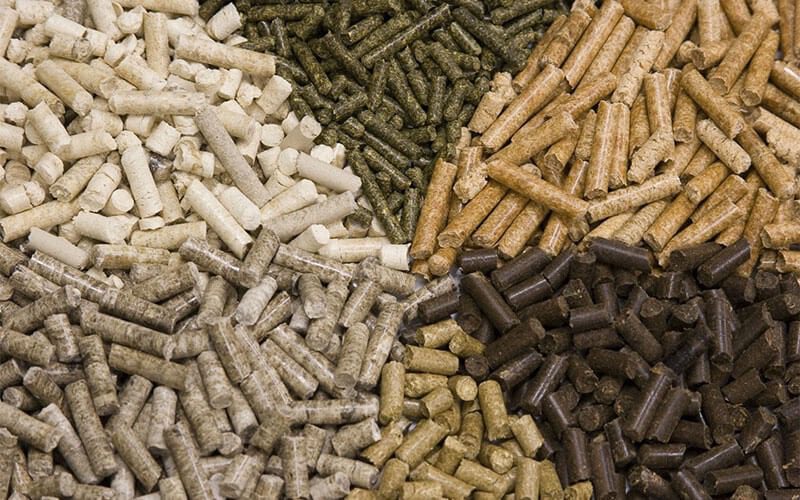
Step 1: Raw Material Preparation
To begin the process of making wood pellets, it is essential to gather the raw materials. The choice of raw material plays a crucial role in the quality of the final product.
Common materials used for wood pellets include sawdust, wood chips, and wood shavings. These materials need to undergo a series of preparations before they can be transformed into pellets.
Wood Chippers: Breaking Down the Raw Materials
Wood chippers are used to break down the raw materials into smaller, uniform pieces. These machines efficiently chip the larger wood logs, branches, or waste materials into smaller fragments, such as wood chips or sawdust.
The size and consistency of the wood chips or sawdust can be adjusted according to the desired pellet specifications[2]. Wood chippers are available in different sizes and capacities, allowing flexibility in processing various types of raw materials.
Crushers and Grinders: Achieving Optimal Particle Size
Once the raw materials are chipped, they may still need further size reduction to achieve the optimal particle size for pelletization. Crushers and grinders are utilized in this step to finely crush the wood chips or sawdust.
These machines reduce the particle size, ensuring that the resulting material is uniform and suitable for the subsequent pelleting process. By controlling the particle size, crushers and grinders play a crucial role in achieving consistent pellet quality.
Step 2: Drying the Wood Materials
Properly drying the wood materials is a critical step in the pelleting process. Excess moisture content can hinder the quality and efficiency of pellet production.
In this step, we will discuss the machines used to remove moisture from the wood materials, such as rotary dryers, flash dryers, or belt dryers.
These machines apply various techniques to reduce the moisture content, ensuring that the wood materials are suitable for the subsequent pelletizing process.
Rotary Dryers: Efficient Moisture Removal
Rotary dryers are commonly used in large-scale wood pellet production facilities. These machines utilize hot air to rapidly dry the wood materials while they are being tumbled inside a rotating drum.
The heated air effectively removes the moisture from the material, resulting in a lower moisture content. Rotary dryers offer high drying capacity and efficiency, making them suitable for processing a large volume of wood materials[3].
Flash Dryers: Quick and Energy-Efficient Drying
Flash dryers are ideal for smaller-scale wood pellet production or when rapid drying is required. These machines use high-velocity hot air to instantaneously remove moisture from the wood materials.
The hot air is generated by passing the moist material through a heated chamber, evaporating the moisture within seconds. Flash dryers are known for their energy efficiency and compact design, making them a popular choice for small to medium-sized pellet production facilities.
Belt Dryers: Continuous Drying Solution
Belt dryers provide a continuous drying solution for wood materials.
In this system, the wood chips or sawdust are evenly spread on a moving belt, which passes through a series of heated chambers. The hot air circulates through the material, gradually reducing the moisture content.
Belt dryers offer precise temperature control and allow for longer drying times, ensuring thorough moisture removal. They are particularly suitable for large-scale pellet production, where a continuous and consistent drying process is required.
Step 3: Pelletizing the Dried Materials
The pelletizing step is where the magic happens.
In this phase, the dried wood materials are transformed into compact pellets that are easy to handle and store. The machines used in this step include pellet mills, which exert high pressure and heat to bind the wood particles together, forming uniform pellets.

Flat Die Pellet Mills: Simplicity and Versatility
Flat die pellet mills are commonly used for small to medium-scale wood pellet production. These machines consist of a stationary flat die and a rotating roller.
The dried wood materials are fed into the pellet mill, and as the roller rotates, the material is pressed through the die holes, forming cylindrical pellets[4]. Flat die pellet mills are known for their simplicity, ease of operation, and versatility in processing different types of wood materials.
Ring Die Pellet Mills: High Capacity and Efficiency
Ring die pellet mills are preferred for large-scale wood pellet production. These machines feature a stationary ring die and multiple rotating rollers.
The wood materials are forced through the die holes by the continuous rotation of the rollers, resulting in tightly compressed pellets. Ring die pellet mills offer higher production capacity and efficiency compared to flat die pellet mills. They are capable of producing large quantities of high-quality wood pellets consistently.
Pellet Mill Die and Roller Maintenance
To ensure optimal performance and longevity of the pellet mills, regular maintenance of the die and rollers is crucial. The die should be inspected for wear and replaced when necessary to maintain proper pellet quality and size


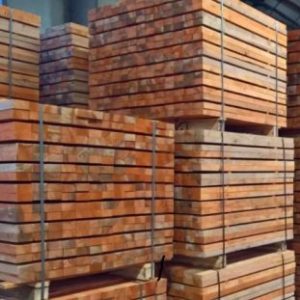
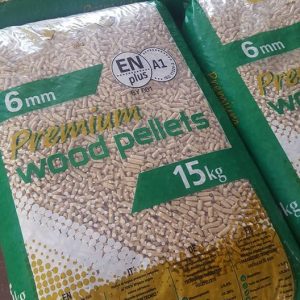
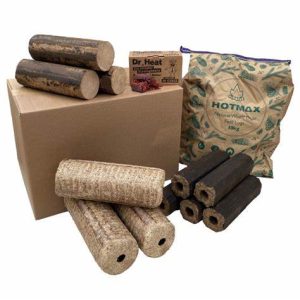
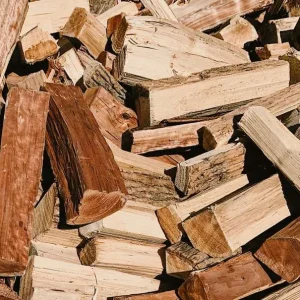
Reviews
There are no reviews yet.